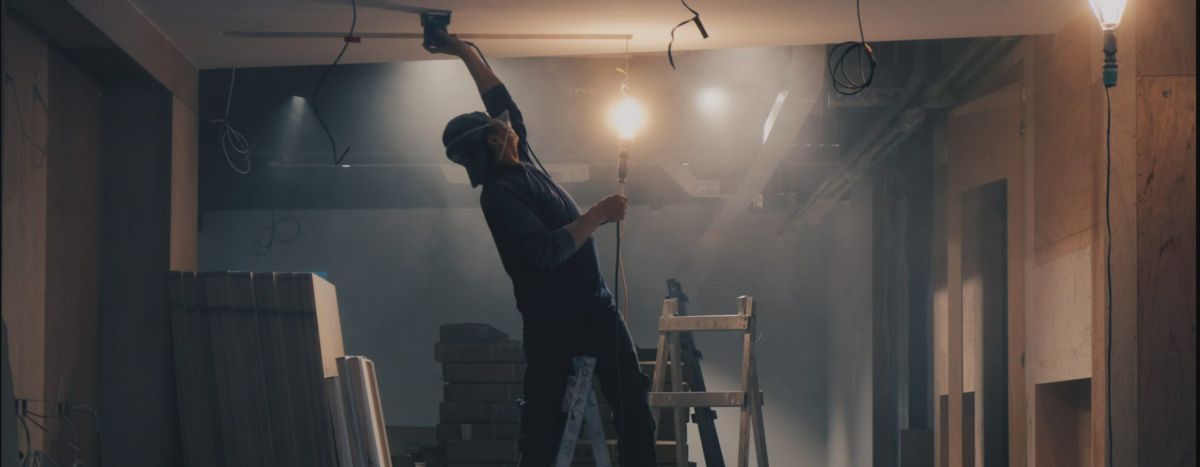In our previous post we discussed the first reason why construction costs vary between projects, being different scopes and assumptions per project.
In this post we will be discussing the second reason why project costs vary per project.
Reason 2: Different building companies and cost bases.
Within construction, in particular residential construction, there are really three types of contractor and they should be viewed as providing effectively different services.
- Sole traders (1 - 3 partners)
- Small companies (3 - 10 team members)
- Large companies (10 - 20+ team members)
Sole traders (1 - 3 partners)
These are informal individuals or groups of individuals who sometimes run projects and sometimes work for lead contractors. The lead(s) will usually run one or two projects at a time and often continue with a particular trade as this will not take up all his or her time.
Because of this more informal and low turnover approach these groups will often not be VAT registered or ask you to pay some team members directly to avoid going over the threshold.
This can mean a significant cost saving as VAT is usually 20%, they will also not be charging much of a margin, usually less than 10% on top of their team members work as their wages are mostly covered by their trade. But bear in mind that it means they may not take responsibility for the entire project. They will also not see management as their core function. They will have lower overheads which means a lower cost base, but as a result they will also struggle with complex or unique elements. So this type of contractor is best for low risk, low complexity projects and situations in which you’re happy to be more hands-on with the organisation.
Because the VAT threshold is only around £90,000. Any group specialising in projects over £10,000 will reach this threshold quickly and so you should approach with caution anyone in this group taking on projects of that size or above. They would have to be either very creative with their accounting or inexperienced.
Small companies (3 - 10 team members)
These are usually formed when a sole trader or group of traders decides to go one step further than informal ad hoc projects and form a limited company. Usually because the project sizes have become such that the financial risk is best kept in a limited company.
Usually at least one team member will have the sole function of ‘management’ and won’t do much site work but will instruct and arrange. This means their costs and any other overheads associated with more complex projects will need to be covered in a margin. Usually 20 - 30%.
They will need to be running 2 - 4 projects at a time to finance this and therefore are likely to have developed an increased marketing presence. They will be more comfortable with appropriate insurances and contracts and therefore lend an additional degree of security to their clients.
There are few drawbacks to this kind of contractor and indeed they are seen as the traditional ‘builder’. If you can find an organised and experienced contractor managing no more than 2 - 4 projects at a time, that’s the ideal for any project between £20,000 and £250,000.
Large companies (10 - 20+ team members)
Large companies still have an important role to play, naturally in projects which require a varied and sizable team. But these are usually commercial or development projects. So for the moment we’ll focus on their relevance to the residential sector.
There are some residential projects around £250,000 - £1m which can’t be handled by most contractors and therefore large businesses have to be created. However, sometimes these businesses will need to or want to take on smaller projects to keep their teams busy or for particular specialisations, for example lofts or listed buildings.
These companies will inevitably have larger overheads, offices, vans, customer support etc. which can increase their margins to 30 - 50%. However, the level of construction risk with them is lower as they will be heavily insured and usually dealing with larger projects, however they can go spectacularly bankrupt so make sure to pay after rather than before work is complete. Indeed this general principle will serve you well with all contractors.
P.S Did you know in Buildpartner you can actually see the costs/quotes associated by these types of builders for your project?
Simply click on the quoter page and you will be able to see the price difference between a small scale builder vs a large scale builder. Want to know how? Click here


